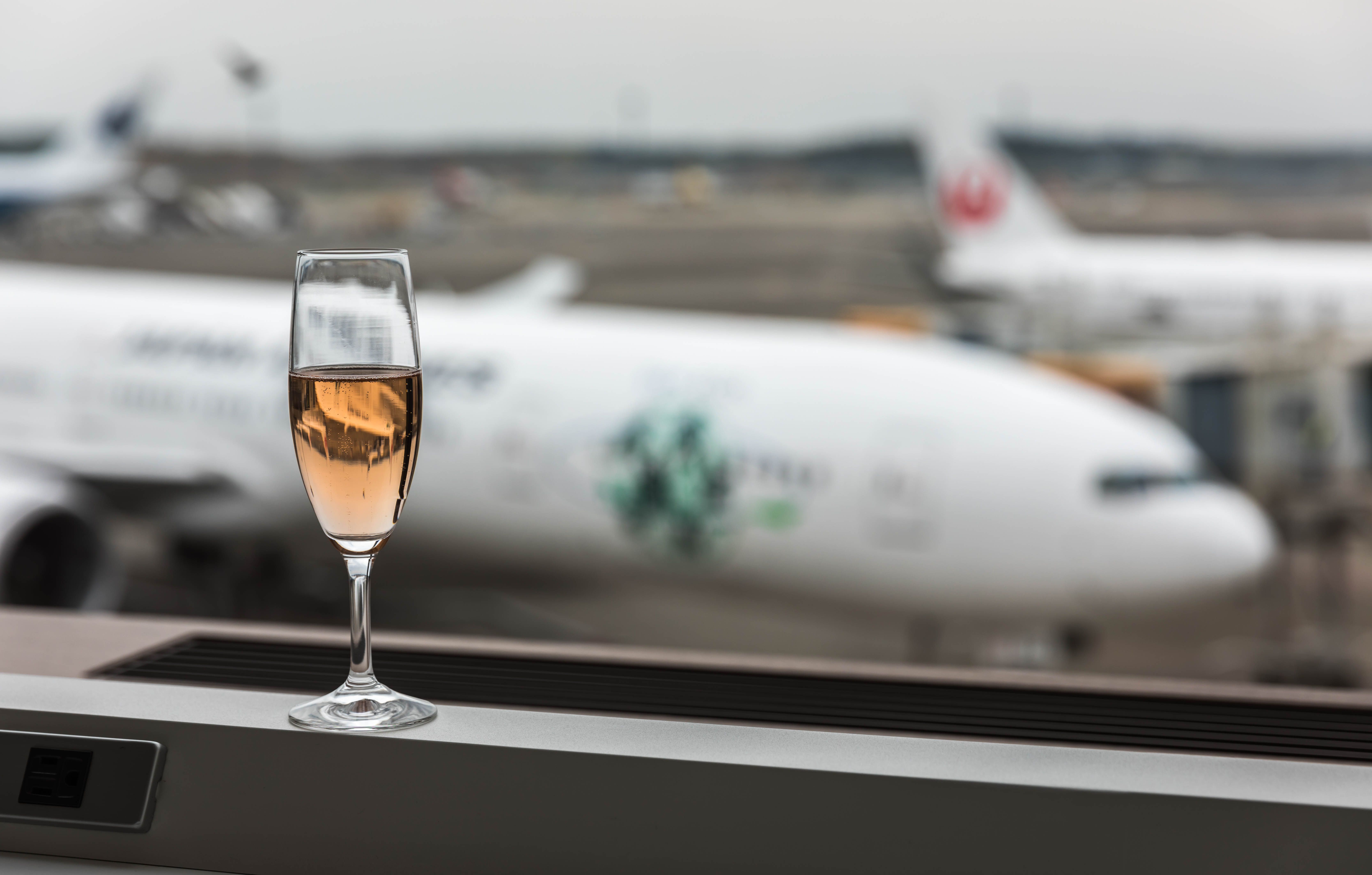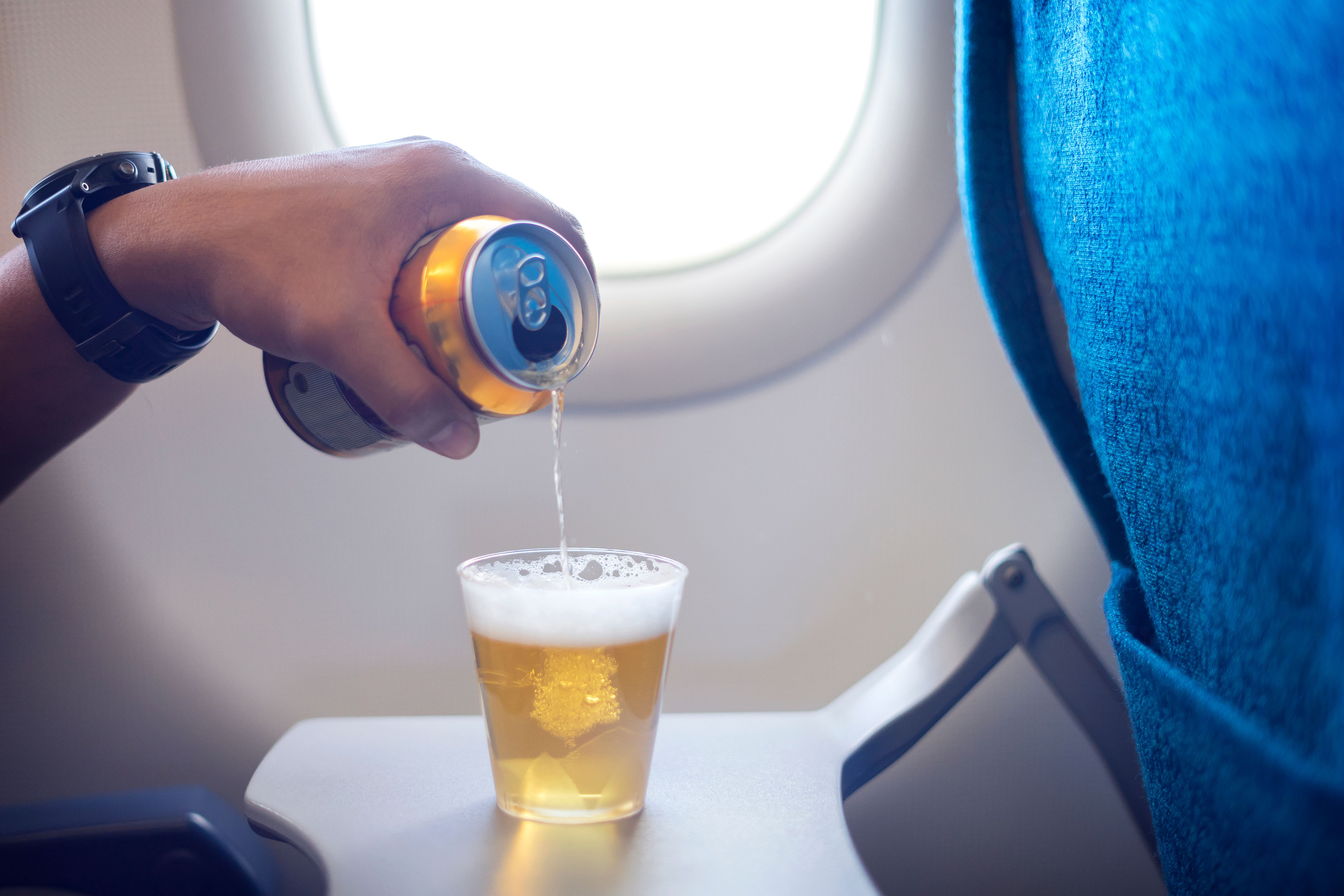It’s a regular sight to see passengers enjoying a glass of wine or a can of beer with their inflight meal. While the act of having a drink or two on board an aircraft is mostly harmless, passengers sometimes take it too far and become heavily intoxicated.
Strict rules
Being drunk on board can lead to sensitive situations. Aggressive actions, inappropriate practices, and dangerous conditions may arise. So, officials across the globe have drawn up rules surrounding drunk behavior on flights.
Some airlines don’t allow alcohol on board at all, primarily due to the rules of the land where they are based. Still, there are still laws enforced related to drinking on flights with carriers that do allow alcohol on the plane.
The UK Civil Aviation Authority (CAA) notes that disruptive behavior, often due to excessive drinking, is one of the main reasons for diversions. The group expresses that rowdy actions can impact the safety of other passengers and can have serious implications, including prosecution.
The authority concludes that carriers have a right to refuse to transport those that they deem to be a potential risk to flight safety. Thus, it is working with operators, airports, and other authorities to draw up new ways to reduce disruptions.
The CAA states:
“The punishment for disruption varies depending on the severity. Acts of drunkenness on an aircraft face a maximum fine of £5,000 and two years in prison. The prison sentence for endangering the safety of an aircraft is up to five years. Disruptive passengers may also be asked to reimburse the airline with the cost of the diversion. Diversion costs typically range from £10,000 - £80,000 depending on the size of the aircraft and where it diverts to.”
Get the latest aviation news straight to your inbox: Sign up for our newsletters today.
Across the pond
The United States Federal Aviation Administration (FAA) is keen to clamp down on the increase in unruliness. Millions of dollars of fines have been handed out by authorities in the US surrounding disruptive behavior each year.
Numerous US airlines actioned lengthy suspensions of alcohol sale in the cabin in a bid to curb safety risks. This move wasn’t a surprise as there was a rise in incidents that saw flight attendants being attacked by drunk passengers.
The FAA emphasizes that the boarding of a traveler that appears to be intoxicated “is a violation of Section 121.575 of the Federal Aviation Regulations (FAR).”
The agency adds:
“Passenger non-compliance with Federal Aviation Administration (FAA) safety regulations may result in interference with a crewmember. This is a violation of FAR Section 91.11 and may also be a criminal violation under Section 902(j) of the Federal Aviation Act of 1958, as amended.”
A careful approach
Altogether, while the act of drinking alone is not illegal and is often a staple for many when flying, it can become an issue depending on the actions after drinking. Passengers with high levels of alcohol in their system may be penalized if they act disorderly.
Subsequently, to be on the safe side, it’s advisable to control the amount of alcohol consumed when flying. Alcohol may affect people differently in the air, and the outcome could be more volatile.
What are your thoughts surrounding the rules of drinking on board an aircraft? What do you make of the overall conditions? Let us know what you think in the comment section.


